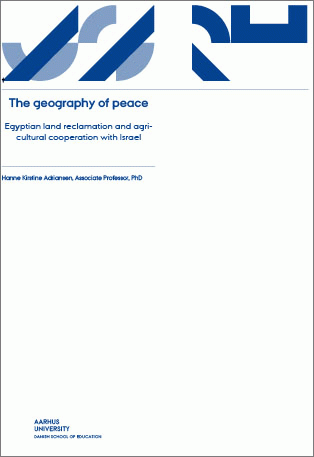The geography of peace: Egyptian land reclamation and agri-cultural cooperation with Israel
Nøgleord:
Egypt, Israel, Land reclamation, peace process, cooperation, desert agriculture, Camp David, production of landscape, space/placeSynopsis
An important aspect of the 1979 Peace Treaty between Egypt and Israel was normalisation through cooperation. However, this has proven difficult; especially the ‘Arab street’ has been against the collaborative activities. After the Arab Spring, it has been questioned whether the Peace Treaty would be upheld. In order to understand the future of the Egyptian-Israeli peace, this paper uses a geographical approach to examine why agrarian cooperation between the two countries has succeeded when other areas of cooperation struggle. The paper draws on different fields of research – agrarian politics in Egypt, notably land reclamation, and the political economy of The Peace Treaty. These are combined through a geographical gaze focussing on the production of landscape and the construction of space/place. Agricultural cooperation took off when it began to concern desert agriculture. For Egypt, cooperation within this field could be justified through existing discourses of agrarian development by transfer of technology and know-how. For Israel, training courses in particular served as a means to normalisation through image politics. It is concluded that the (spatial) conditions for agricultural cooperation were unique. Thus, despite its continuation, agricultural cooperation in itself holds little hope for the future of the Egyptian-Israeli peace politics of cooperation.

